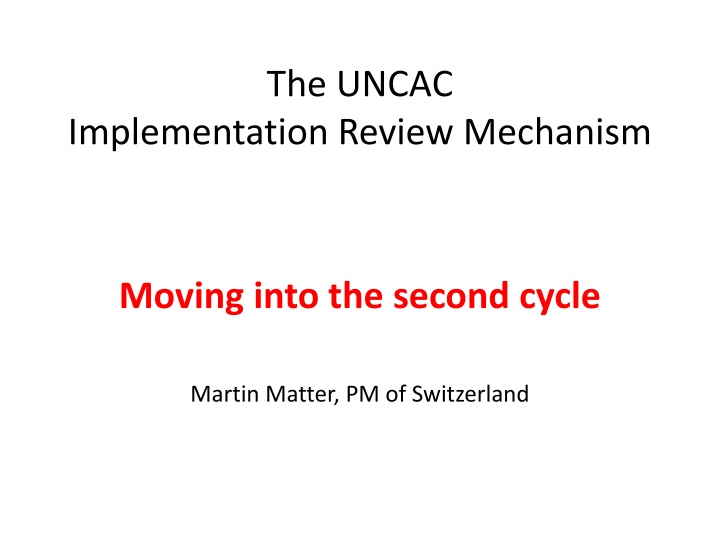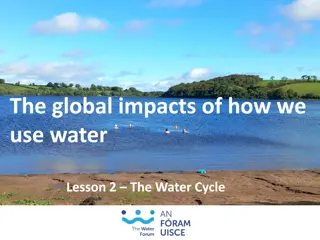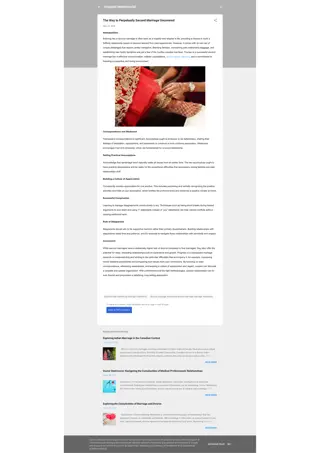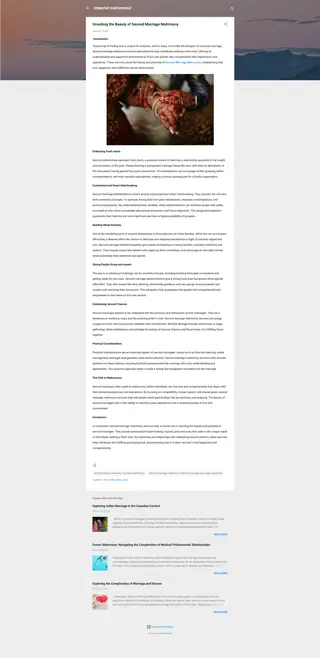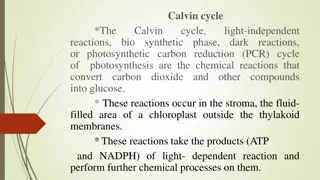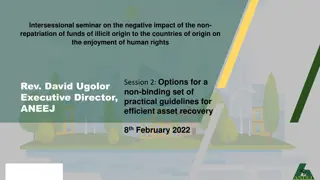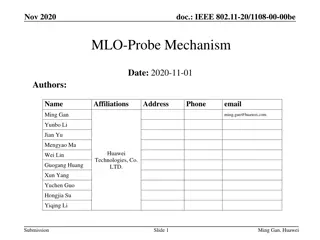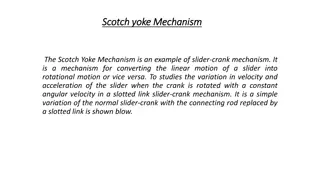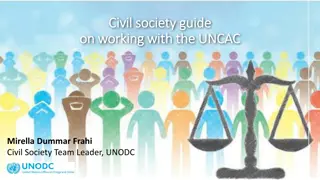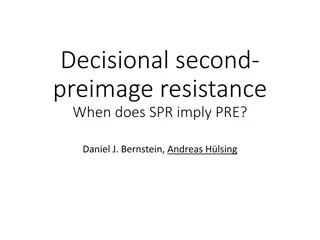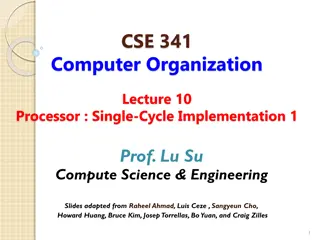UNCAC Implementation Review Mechanism: Moving Towards the Second Cycle
The UNCAC Implementation Review Mechanism is progressing into its second cycle, with a focus on evaluating challenges and terms of reference at the conclusion of each review cycle. The performance assessment has highlighted achievements in enhancing awareness and involvement of civil society/private sector but also revealed shortcomings in visibility of reviews and consistency in recommendations. Current follow-up procedures involve self-assessment checklists and adaptations based on previous review reports. Potential follow-up actions include national action plans, continued dialogue, and collective analysis to develop applicable recommendations. The roles of the Implementation Review Group and Working Groups are crucial in steering the review process and focusing on technical assistance.
Download Presentation

Please find below an Image/Link to download the presentation.
The content on the website is provided AS IS for your information and personal use only. It may not be sold, licensed, or shared on other websites without obtaining consent from the author.If you encounter any issues during the download, it is possible that the publisher has removed the file from their server.
You are allowed to download the files provided on this website for personal or commercial use, subject to the condition that they are used lawfully. All files are the property of their respective owners.
The content on the website is provided AS IS for your information and personal use only. It may not be sold, licensed, or shared on other websites without obtaining consent from the author.
E N D
Presentation Transcript
The UNCAC Implementation Review Mechanism Moving into the second cycle Martin Matter, PM of Switzerland
Review of the review Mandate COSP Res. 3/1: Requests the IRG to conduct an evaluation of the terms of reference, as well as challenges encountered during the country reviews, at the conclusion of each review cycle and to report to the Conference on the outcome of these evaluations. ToR para 48: Following the completion of each review cycle, the Conference shall assess the performance of the Mechanism and its terms of reference. COSP Dec. 5/1: IRG shall take into account future requirements for follow-up
Performance assessment Achievements improved awareness and knowledge of UNCAC civil society / private sector involvement in reviews specific recommendations (observations, challenges, technical assistance needs) freestyle reporting on follow-up Shortcomings visibility of reviews and results (in)consistency of recommendations use of review reports for technical assistance
Current follow-up procedures ToR para 40: In the following review phase, each State party shall submit information in its responses to the compre- hensive self-assessment checklist on progress achieved in connection with the observations contained in its previous country review reports. (...) ToR para 41: The Conference, through the IRG, shall assess and adapt, where appropriate, the procedures and requirements for the follow-up to the conclusions and observations emerging from the review process.
Possible follow-up on first cycle National follow-up - action plans - reporting to IRG? - continued dialogue with peer reviewers? Collective follow-up - analyze outcome (consistency of observations and recommendations) - develop generally applicable recommendations and guidance for technical assistance
Functions of IRG and WG Implementation Review Group - procedural function: steer the review process - substantial focus on first cycle outcome and follow-up / technical assistance - trilateral meetings at margins Working Groups - continue expert discussions on prevention / asset recovery - discuss preliminary results of second cycle (thematic reports)
Transition from 1st to 2nd cycle Main issues 1. conclusion of first cycle 2. follow-up on first cycle 3. self-assessment checklist for second cycle 4. launch, procedures and timelines for second cycle 5. funding of second cycle 6. institutional arrangements during second cycle Process - pre-Conference informal consultations - COSP resolution
